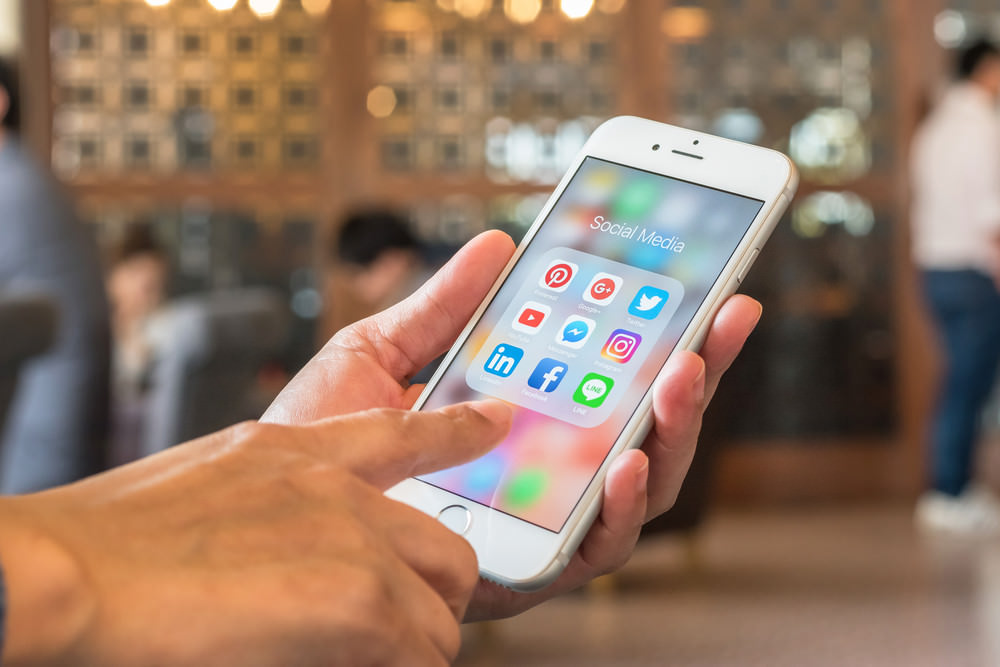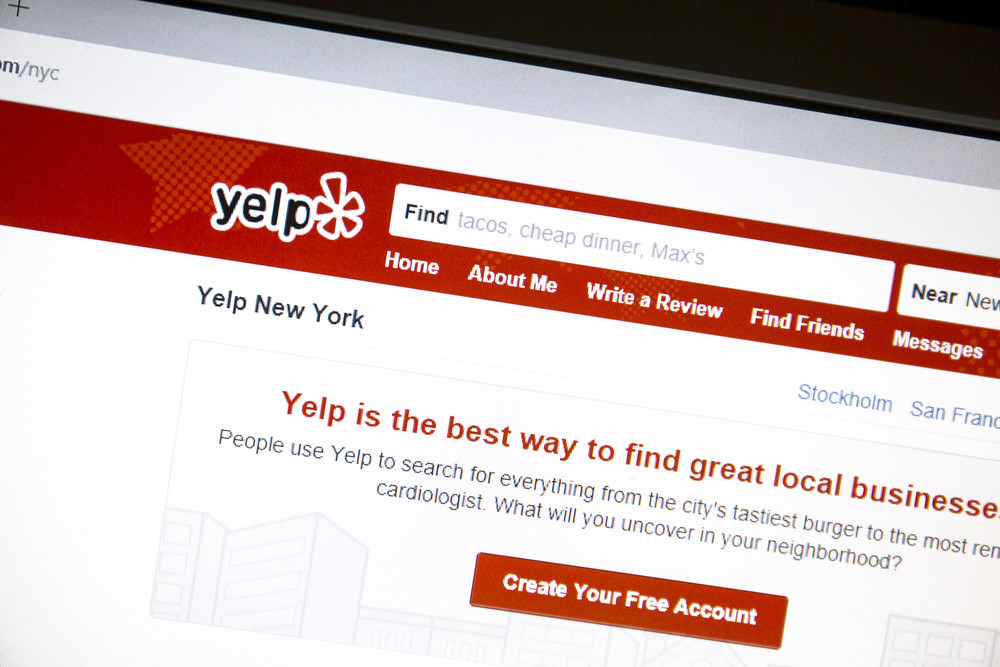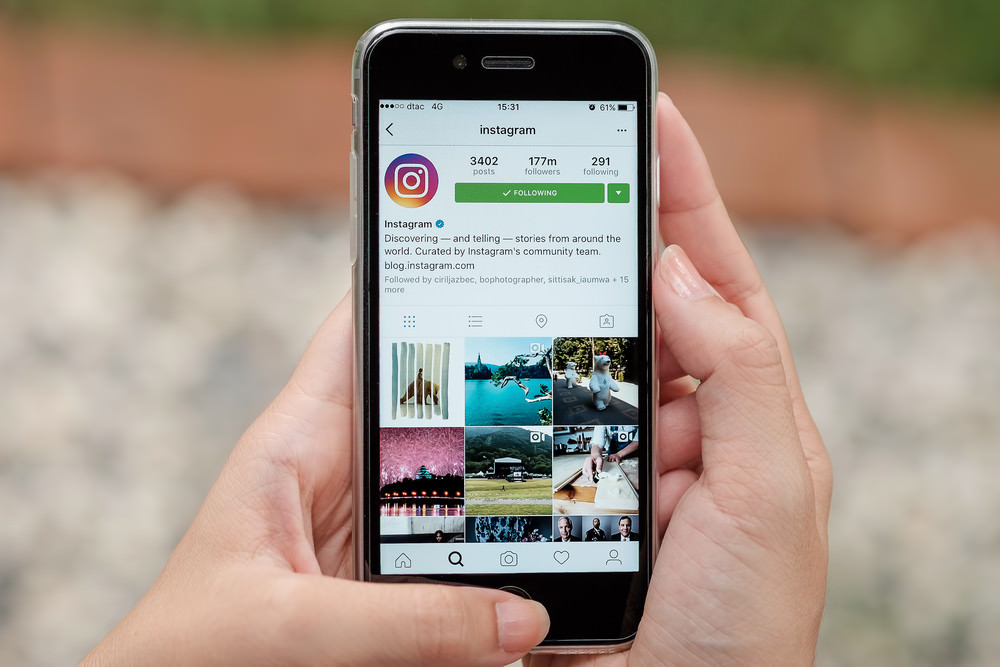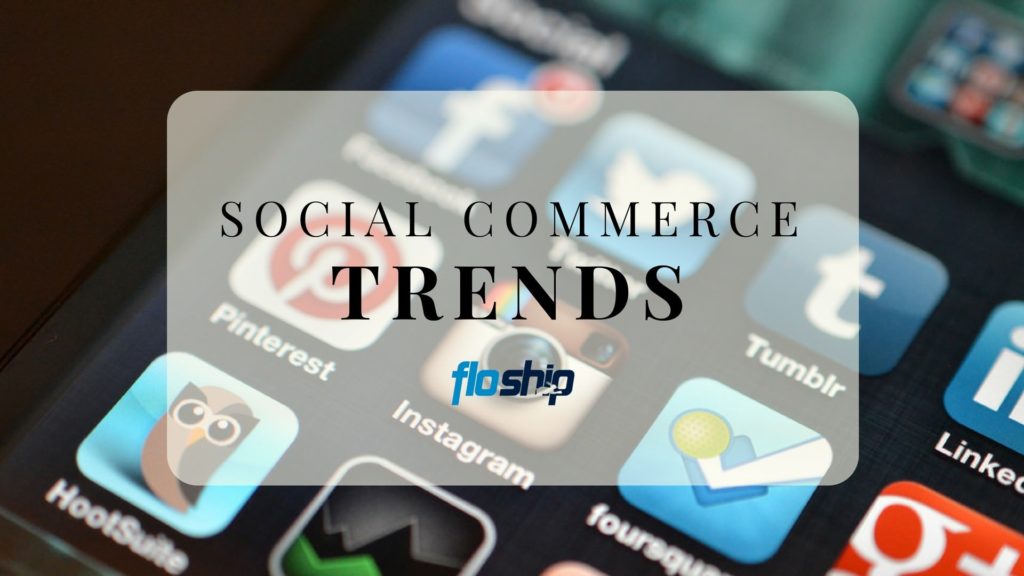Just a few decades ago, advertising only showed up in a few channels, such as television, radio, and billboards. Companies who wanted to increase sales had to shell out a significant amount of cash to get their products in front of people and there was no way they could guarantee their ads would get traction.
Social media has completely revolutionized the way commerce happens. Now masses of people spend their hours on social media platforms, consuming quantity in astronomical proportions. Companies who want to drive sales have to be innovative in their social media tactics.
Every year, these tactics change as social media platforms release new options. What trends can we expect for 2017? Here are 6 you need to know about.
It’s All About Those Videos

Have you noticed that video is everywhere?
Facebook, YouTube, Instagram, and Periscope have all released the option of live streaming video. Additionally, all these platforms offer the ability to create video ads. Even now, YouTube now has shoppable ads before videos. It also allows companies to create simple calls to action so that viewers can purchase their products.
Expect to see more companies tapping into the power of live, shoppable video even more in 2017.
Companies like QVC and the Home Shopping Network have long demonstrated that live video can generate huge amounts of sales. Now almost anyone can create live videos in which they demonstrate and sell products. Because these videos can be so highly targeted, they represent a massive opportunity for advertisers.
If the live video trend continues, we should expect to see almost every company selling their products live on social platforms.
As David Brickley said in Forbes:
You better have a FB Live strategy or you’ll be left behind. If you already have a great following on Instagram, and you don’t have an Instagram Stories strategy, it’s time to pounce while its hot.
Cashing In On Those Impulses
Marketers have long tried to tap into impulsive buying. Whether that’s encouraging consumers to call immediately or offering a limited-time discount, impulse buying has always been deeply integrated into the shopping experience.
However, impulse buying is increasing at a staggering rate with social networks.
Platforms like Instagram and Facebook allow consumers to make purchases without ever leaving the platform. And while not exactly a social platform, Amazon has one click ordering to make it all the easier to purchase without thinking.
Companies know that impulse shopping can drive a huge amount of revenue and are doing everything in their power to make it as simple as possible for customer to purchase without thinking.
In 2017 we should expect to see more and more companies implementing impulse buying options across social media platforms.
Pinterest, for example, isn’t just a place for posting recipes and interior decorating ideas. They now offer a “Buy Now” button which allows consumers to make immediate purchases from the platform. Considering that a massive amount of Pinterest users visit the site for product-related ideas, it’s a huge opportunity for marketers.
As Michael Lazar says:
The new “Buy Now” button has the ability to reach as many as 2 million target users, explains Proforma. Considering that 93% of Pinterest users plan purchases based upon the pins that they view on this site, it’s easy to understand just how powerful a tool an impulse buy button can be.
Can We Chat (App) About This?

2017 is going to be the year of chat app purchasing.
Did you know that the top four chat apps collectively have more users than the top four social networks? On top of that, the Chinese messaging app WeChat has already begun allowing verified sellers to create shops within their app.
Facebook now allows advertisers to put a “Send Message” call-to-action on their ads. When the user clicks the button, it initiates a chat between the company Facebook page and the user. We should expect to see more and more companies humping on this chat bandwagon.
With the explosion of chatbots, we should also expect to see companies deployed the bots to drive sales.
Spring, a clothing retailer, has already begun implementing this:
Customers aren’t spending their time on a sprawl of apps anymore, but there’s a high concentration of engagement on Facebook Messenger,” said Spring founder Alan Tisch. “So we created an experience to fit into the natural behavior that’s already happening on the platform
Private chat channels create a much deeper sense of intimacy than a simple sales page. With more and more users communicating via chat apps, we should expect to see companies utilizing these channels to increase their revenue.
Finally, companies will begin developing more and more chat specific products, such as stickers, emojis, and gifs. This is already happening in the Apple App Store with iMessage.
Please Rate Me

More and more, ratings will be a driving factor in social media commerce.
When a person shares a rating to social media, it results in a significant spike in conversion rates. These ratings function as social proof for a company and encourage users to purchase products.
We’ve seen the power of ratings to make or break a company in dramatic fashion in recent years.
For example, when Fox News anchor Megyn Kelly released her recent autobiography, Donald Trump supporters flooded Amazon with negative reviews of the book, even if they never read it.
In 2015, users of Yelp left hundreds of negative reviews on a pizza shop after the owner said he would not serve gay weddings.
More and more, we should expect companies to specifically ask for product reviews. Even now, we see this with Uber asking all passengers to rate drivers. If a driver falls below a particular rating, they’ll receive corrective actions from the company.
Reviews drive revenue, and companies are increasingly pushing for them.
Let The Users Take Over

More and more, companies are recognizing that content created by users can drive a huge amount of sales.
With the explosion of video and photo apps, many users are creating content that features a company’s products. Smart marketers are taking this user-created content and promoting it to drive sales.
Marketers are also inviting customers to participate in designing products and ads, such as when Doritos invited fans to create their own ads for a chance at a $1,000,000 prize. This collaboration with customers develops a sense of community and often leads to higher conversion rates.
Influencers Are Everywhere

Influencer marketing isn’t new. For decades, companies have paid high-profile individuals to promote their products.
What is new, however, is the proliferation of influencers on social media.
These days, it’s not incredibly difficult for a person to build up a significant following on a social media platform. Many people on YouTube, Pinterest, Instagram, and Snapchat, have thousands of followers paying close attention to their every move.
Smart marketers are approaching these influencers and paying them to show off their products. This type of native advertising resonates far more with consumers than blatant advertisements. While not everyone will be able to command the high prices that people like Kim Kardashian do, many more people will become social media influencers in the next few years.
Conclusion
These days, it’s not enough to just have a presence on social media and occasionally share an update.
Companies who want to succeed have to craft a very specific strategy that will tap into these social media trends. They need to determine how they will implement things like live video, impulse shopping, and user-generated content.
If they don’t, they’ll quickly find themselves falling behind and with falling revenues. Make sure your company doesn’t get left behind.
Related Digital Selling Articles
- 5 Powerful eCommerce Solutions for Your Online Business
- The Top 10 Open Source eCommerce Platforms
- Shopify Social Secrets – 5 Top-Rated Instagram Apps Every Shopify Store Should Be Using
- Getting Started in E-Commerce: A Guide for Small Businesses

Ready To Upgrade Your Logistic Solution?
Speak to Floship ecommerce logistic consultant about improving your global support chain today




